#werner krauss
Text

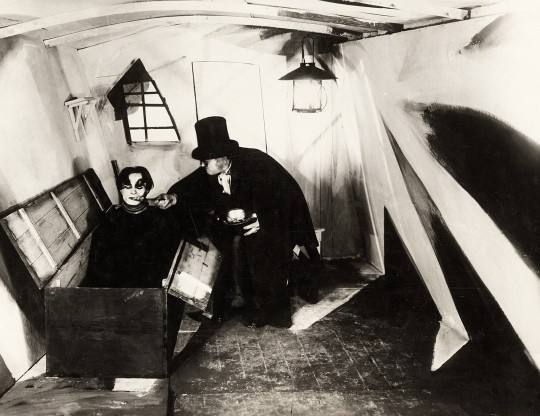
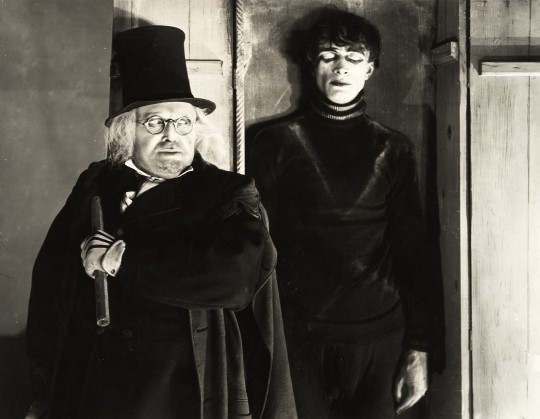
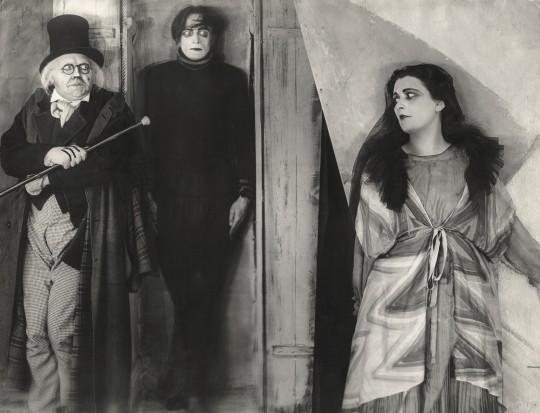
The Cabinet of Dr. Caligari (1920)
#the cabinet of dr. caligari#conrad veidt#20s horror#cesare the somnambulist#robert wiene#werner krauss#lil dagover#silent horror#german expressionism#classic horror#20s movies#1920s#1920
664 notes
·
View notes
Photo

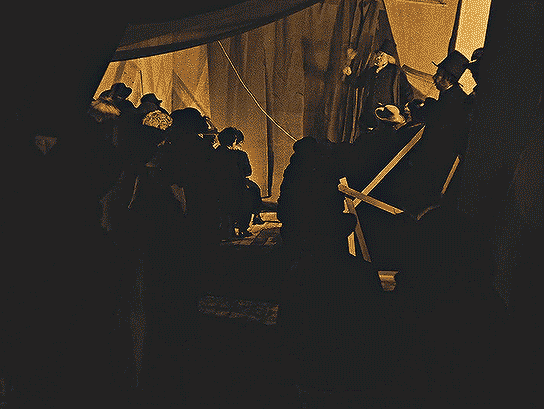




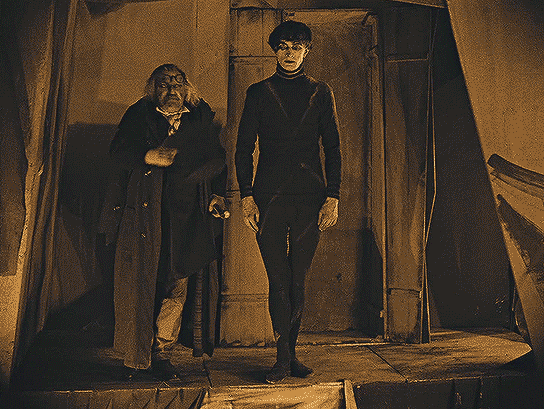
The Cabinet Of Dr. Caligari (1920) // Dir. Robert Wiene
#The Cabinet Of Dr. Caligari#Cabinet Of Dr. Caligari#The Cabinet Of Dr Caligari#Cabinet Of Dr Caligari#Dr. Caligari#Dr Caligari#Silent Films#Silent Movies#Silent Movie#Silent Film#Horror#Robert Wiene#Conrad Veidt#Cesare#Werner Krauss#German Expressionism#The Cabinet Of Dr. Caligari Gifs#Movie#Movie Gifs#Gifs#AVMovie#AVMovieGifs#AVGifs#AVDr.CaligariGifs#AVDr.Calagari#AVHorror
417 notes
·
View notes
Text
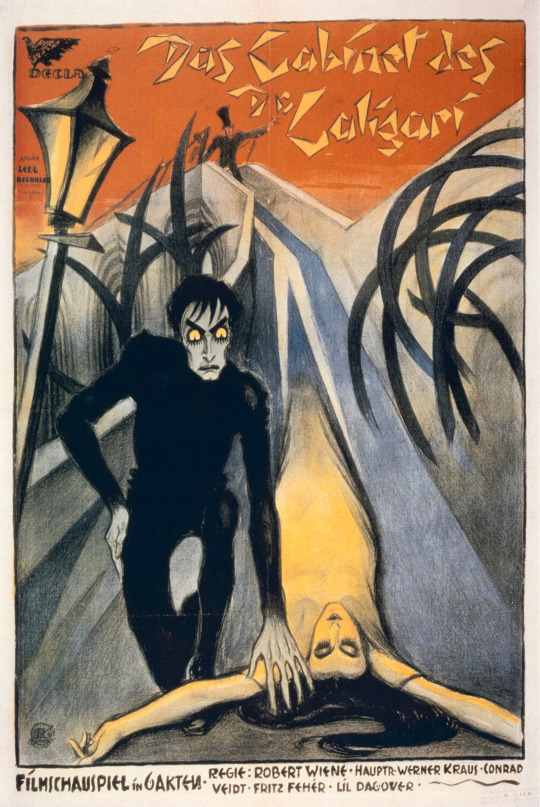
Das Cabinet des Dr. Caligari (1920)
AKA The Cabinet of Dr. Caligari
#das cabinet des dr. caligari#the cabinet of dr. caligari#conrad veidt#werner krauss#lil dagover#friedrich feher#1920#1920s movies#robert wiene#german expressionism#classic horror#horror movie poster
338 notes
·
View notes
Text



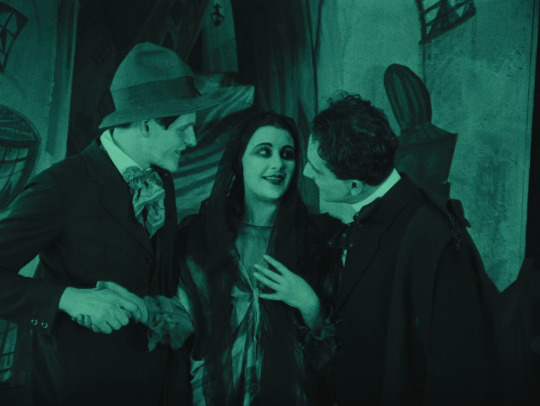





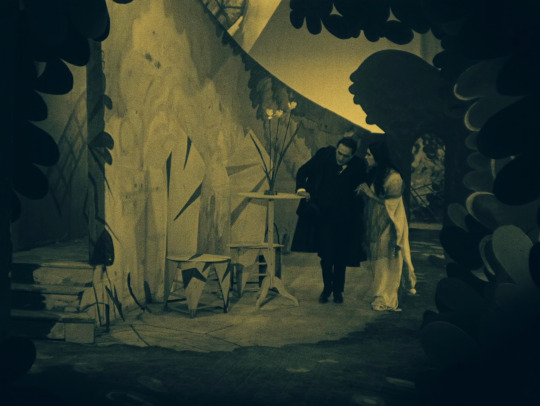
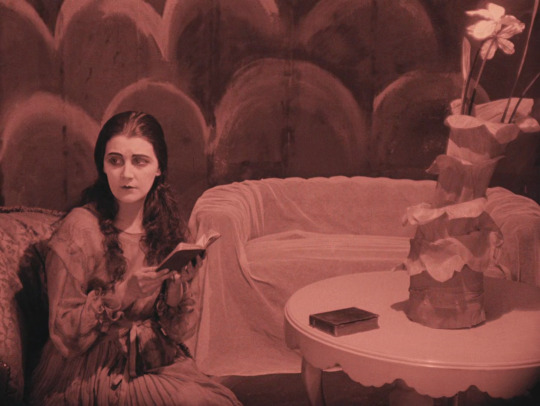
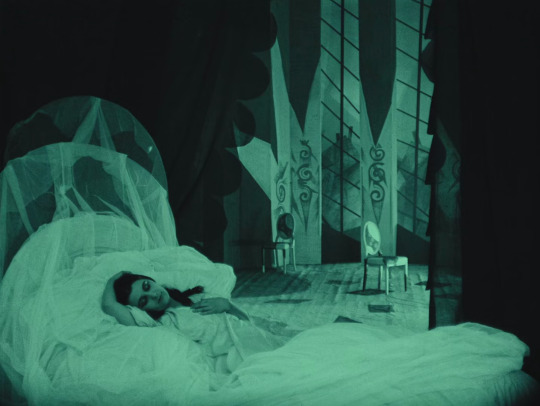
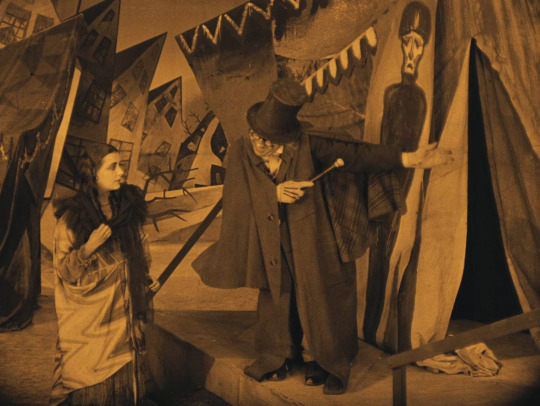


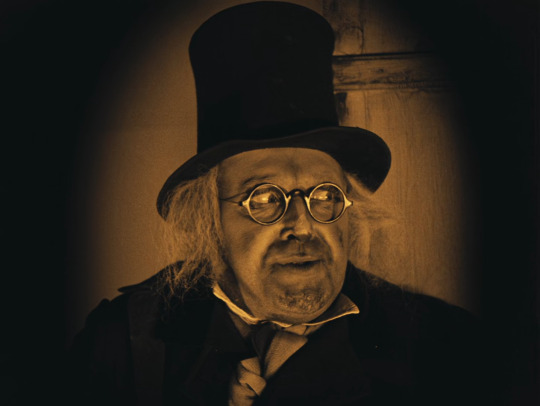

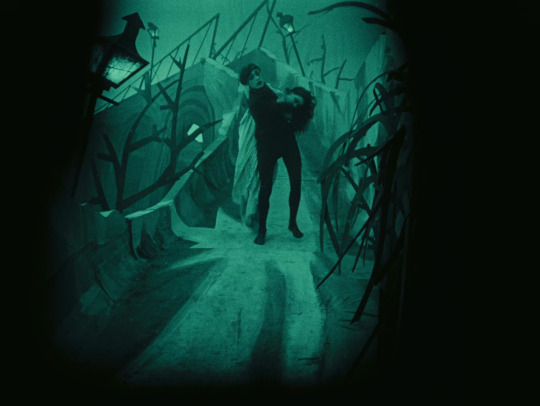
The Cabinet of Dr. Caligari (1920)
#The cabinet of dr caligari#silent film#horror#robert wiene#conrad veidt#lil dagover#werner krauss#movie screencaps#film screencaps#german expressionism#my screencaps
140 notes
·
View notes
Text
As announced in the previous post, here are the photos of the pamphlet of the film Danton (1921).

Front row, from left, Westermann (Eduard von Winterstein), Camille (Ossip Runitsch), Danton (Emil Jannings) and Hérault (Ferdinand von Alten)

From left, Fouquier-Tinville (Friedrich Kühne), Saint-Just (Robert Scholz) and Robespierre (Werner Krauss)

Babette (OC in the film played by Hilde Wörner and not related to Elisabeth Le Bas), Danton, Camille, and Hérault
And this is the cover (Camille, Danton, and Babette):

I found it on eBay about a year ago. I can't read Danish, but I got it because documents on this film are rare. (I used Google Translate to read the text, which was more about the historical Danton's life than about the film).
There are problems with historical accuracy (as I mentioned before), but I am fascinated by the dark romantic images in this film, influenced by German Expressionism.
#frev#danton film 1921#frev movies#danton#camille desmoulins#hérault#robespierre#saint just#Fouquier-Tinville#emil jannings#ossip runitsch#werner krauss#Eduard von Winterstein#Ferdinand von Alten#Friedrich Kühne#Robert Scholz#Hilde Wörner#silent film#german expressionism
49 notes
·
View notes
Text

I've been working on a presentation for work about silent films (not in any way relevant to the job, but I was asked to do a presentation on something fun so I figured what the hell), and it's caused me to really appreciate The Cabinet of Dr. Caligari even more. I already love the movie but really analyzing it it's clear that the range of performances on display is fantastic. Conrad Veidt as Cesare is so stilted and zombie like that he was probably the prototype for Frankenstein and the zombie genre at large. Werner Krauss as Caligari is just so creepy and decrepit that he's every mad scientist at once. Even the "normal" characters that are just regular people emote so much and portray fear and insanity in such a terrifying way.
F.W. Murnau (actually it was Robert Wiene, I mixed him up with Murnau since the latter did Nosferatu) knew that the acting had to be able to carry itself just from facial expression and physical presence alone and he got some damn fine work from his actors.
The movie is in the public domain, so go watch it! There are a lot of great restorations out there.
#movie#cinema#film#dr. caligari#Cesare#Conrad Veidt#the cabinet of dr. caligari#werner krauss#Werner Krauss and Conrad Veidt were both great in Waxworks as well#f. w. murnau#Robert Wiene#Nosferatu
39 notes
·
View notes
Text
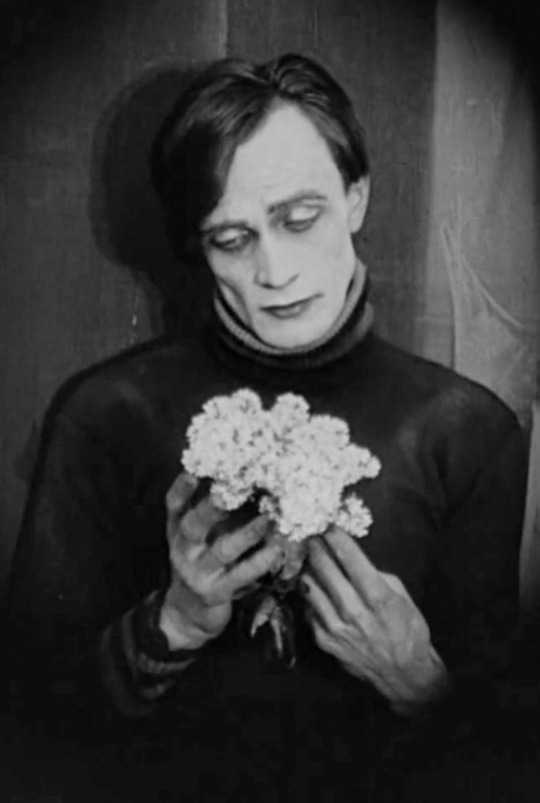
finally got to watch Das Cabinet des Dr. Caligari in World Cinema today
#the cabinet of dr. caligari#das cabinet des dr. caligari#dr caligari#cesare#conrad veidt#robert wiene#werner krauss#friedrich feher#lil dagover#hans heinrich von twardowski#silent film#german film#1920s#german expressionism#expressionism
17 notes
·
View notes
Text

Werner Krauss-Conrad Veidt-Lil Dagover "El gabinete del doctor Caligari" (Das cabinet des dr. Caligari) 1920, de Robert Wiene.
11 notes
·
View notes
Text
The Cabinet of Dr. Caligari (1920)

Although it doesn’t contain the types of scares modern-day audiences are used to, The Cabinet of Dr. Caligari has a haunting, eerily chilling quality. This movie is over a hundred years old. Everyone who starred in it, who was behind the camera when it was made, who saw it upon its initial release is dead and gone. All that’s left of them are these strange images in this imaginary story. No one involved could’ve imagined that a century later, their work would still be influential. Made before sound recordings or colour cinema was possible and before modern-day cinematic techniques were established, it looks unlike anything you’ve ever seen. Combined with its subject matter, The Cabinet of Dr. Caligari feels less like a movie from long ago and more like a glimpse into another reality.
Told in flashback, the story takes places in Holstenwall, where the town fair is in full swing. Francis (Friedrich Fehér) and his friend Alan (Hans Heinz v. Twardowski) attend a new attraction presented by Dr. Caligari (Werner Krauss). He commands a somnambulist named Cesare (Conrad Veidt) to tell audiences about the future. Cesare’s predictions of death prove to be true: there is a serial killer in Holstenwall.
The most striking aspect of The Cabinet of Dr. Caligari is the art direction. Buildings lean unnaturally, doorways, stairs, and streets twist like something out of a madman’s notebook. Pieces of furniture are disproportionate to the people who use them. Trees are hardly recognizable as living things. The architecture's angles, curves, and spirals are such that you might not notice a broken window in the background despite it being intact in the previous scene. The shadows are painted, which means people can move through them without disturbing the light. It’s like these places and people are merely fragments of an un-reality, or (appropriately enough) ghosts reliving their actions as best they can considering their life is over. More than an experiment in style, these visuals emphasize the panic Francis and his sweetheart Jane (Lil Dagover) experience as the murders continue. They also employ excellent graphic design techniques. Your eye is naturally drawn to important objects or characters as they follow the bold lines on-screen.
To casual moviegoers, the performances in old films tend to feel over-the-top. We’re used to natural performances, realistic dialogue and sets that mimic our world. Nothing you see in Caligari resembles real life but that’s the point. Even the title cards use a font reminiscent of insane asylum scribbles. The performances turn out to be just about perfect because of how they exaggerated they are. Rather than feel dated, this 1920 film is immediate and mesmerizing.
The Cabinet of Dr. Caligari is the kind of movie you could watch a hundred times and still feel like you haven't seen it all. You can tell why it had an impact on filmmakers like Tim Burton and is very much the sort of movie that makes you repeatedly go "Oh! That's where that's from!" It’s so different from what we’re used to that you cannot forget the way it looks or feels. (On Blu-ray, January 15, 2021)

#The Cabinet of Dr. Caligari#movies#films#movie reviews#film reviews#Robert Wiene#Carl Mayer#Hans Janowitz#Werner Krauss#Conrad Veidt#Friedrich Feher#Lili Dagover#Hans Heinz v. Twardowski#1920 movies#1920 films
10 notes
·
View notes
Text

Conrad Veidt and Werner Krauss in The Cabinet of Dr. Caligari (Robert Wiene, 1920)
Cast: Werner Krauss, Conrad Veidt, Friedrich Feher, Lil Dagover, Hans Heinrich von Twardowski, Rudolf Lettinger. Screenplay: Carl Mayer, Hans Janowitz. Cinematography: Willy Hameister. Production design: Walter Reimann, Walter Röhrig, Herrmann Warm.
I don't know how many years ago I first saw The Cabinet of Dr. Caligari on television or in some university film series, but I remember finding it rather silly and quaint. In the meantime I have grown more serious-minded about movies and the film has been carefully restored: The flickering black-and-white images I must have seen have been replaced by smooth digitalized projection and the appropriate color filters, as well as the original hand-painted intertitles, and an appropriately spiky modern score by John Zorn has been added to some prints. It's clearly a classic, both of its time and enduring into future times. The film has been endlessly analyzed, most notoriously by Siegfried Kracauer in his 1947 book From Caligari to Hitler: A Psychological History of the German Film, in which Kracauer posits that the film reveals post-World War I Germany's subconscious desire for an authoritarian leader. In other words, Caligari equals Hitler. Considering that in the film Caligari, played by Werner Krauss, looks both sinister and absurd, something like an elderly owl in a top hat, I find the argument hard to swallow. But this is one film that will probably never exhaust interpretation. I think it's best just to enjoy it as a tremendous artistic experience.
10 notes
·
View notes
Text
Look what a treasure that was showed to me in the comments in one good community!
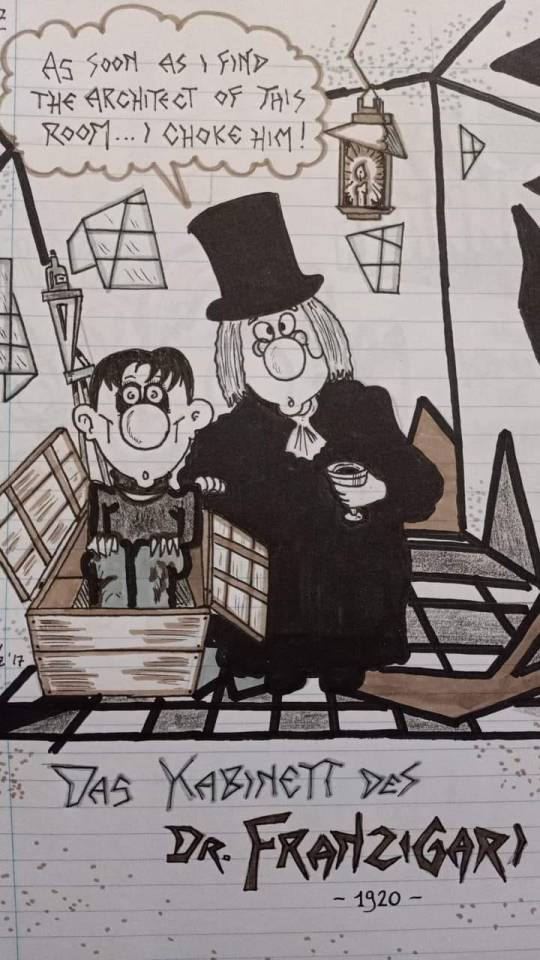
#the cabinet of doctor caligari#caricature#humor#conrad veidt#cesare the somnambulist#german expressionism#drawing#das cabinet des dr. caligari#werner krauss#Werner Krauß
13 notes
·
View notes
Link
Occupied Paris. 1944. Real life celebrity Nazi Werner Krauss is between projects. But the Party, desperate for a propaganda extravaganza in the City of Lights, has arranged a remount of his notorious Merchant of Venice produced by a French theater teeming with family secrets. Paris, ACTORS! is “The Last Metro” if Truffaut were unavailable to direct, but the Marx Brothers were.
#shakespeare#william shakespeare#play#new play#new plays#paris#werner krauss#merchant#the merchant of venice#williamstown theatre festival#Hamish Linklater#lily rabe
15 notes
·
View notes
Text
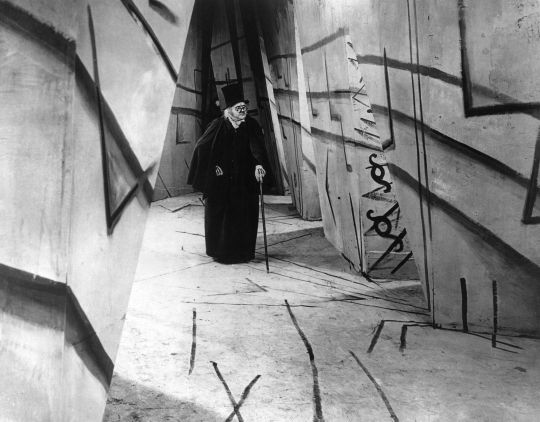
Werner Krauss in The Cabinet of Dr. Caligari (Das Cabinet des Dr. Caligari, 1920).
#das cabinet des dr. caligari#the cabinet of dr. caligari#werner krauss#1920#1920s movies#robert wiene#german expressionism#classic horror
202 notes
·
View notes
Text

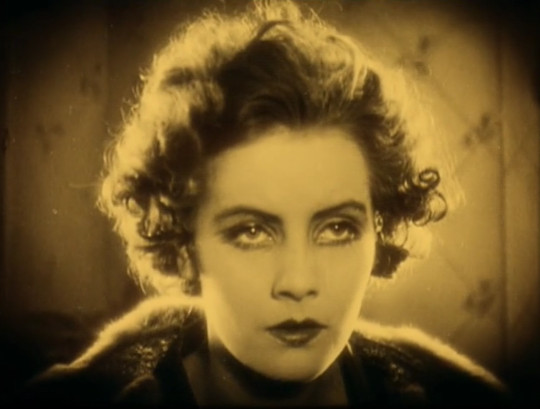
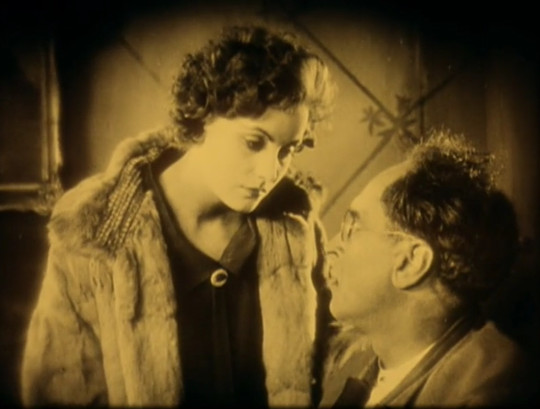
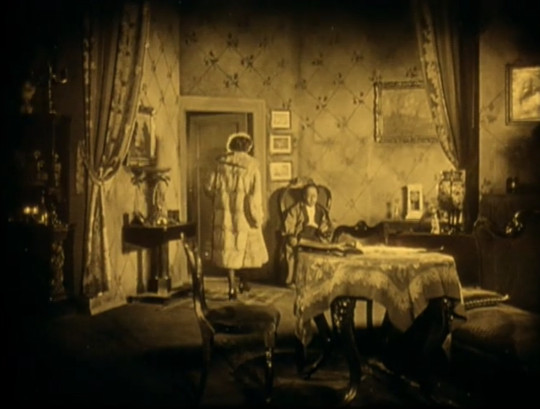

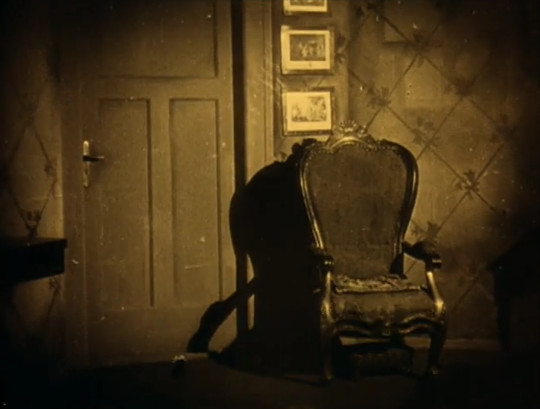

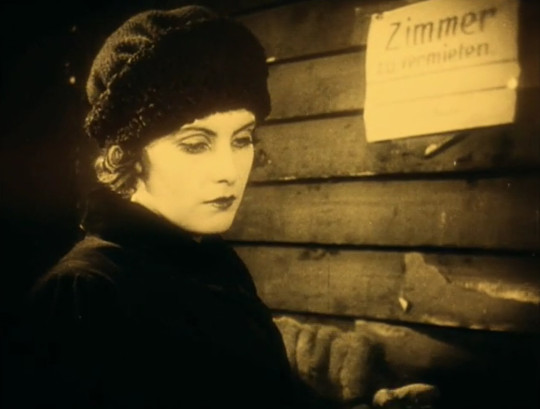
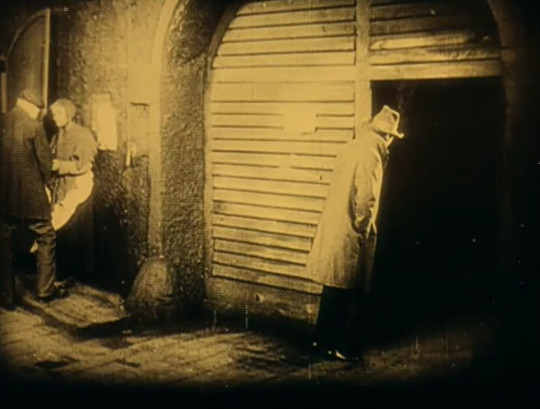
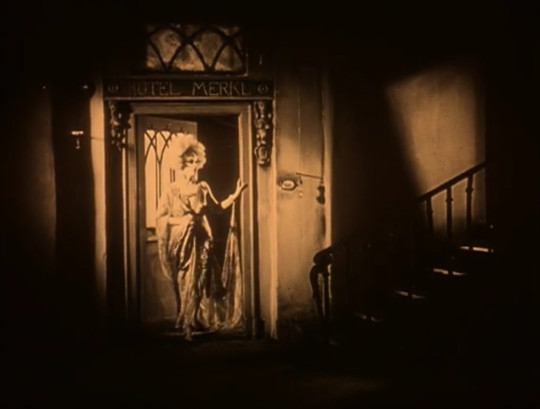

#greta garbo#die freudlose gasse#georg wilhelm pabst#1925#jaro fürth#asta nielsen#valeska gert#ágnes esterházy#werner krauss#otto reinwald
2 notes
·
View notes
Photo
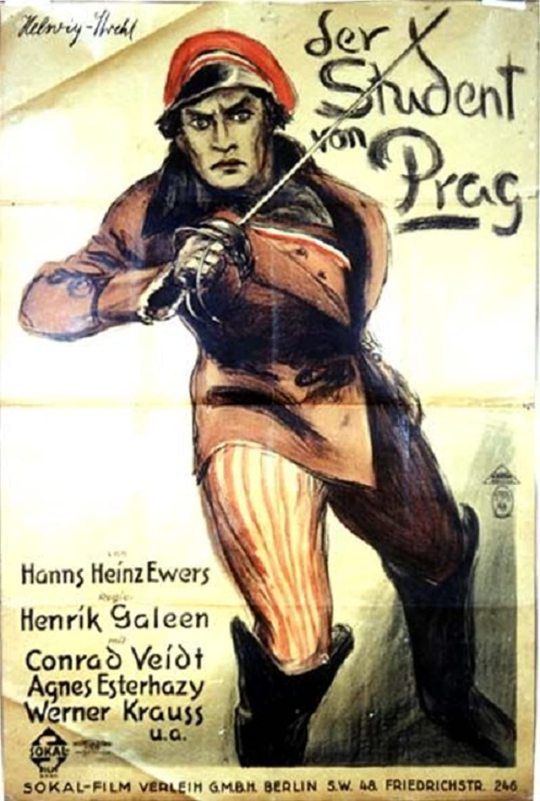
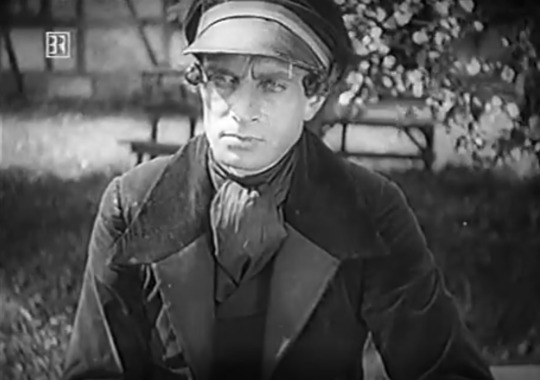
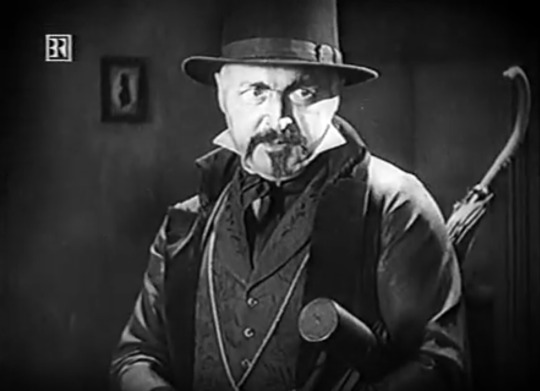
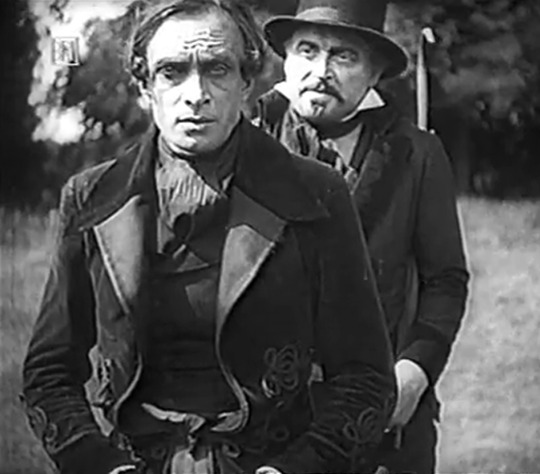


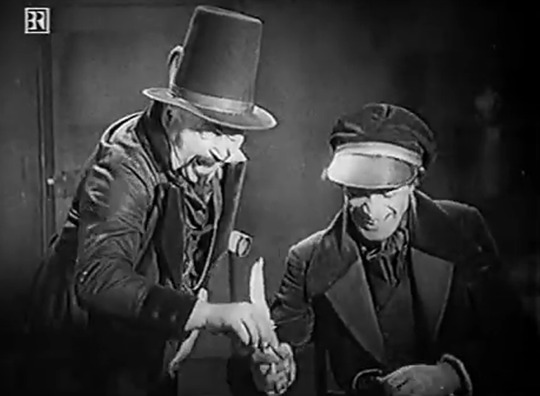




“Der Student von Prag” (1926) von Henrik Galeen
Prag, im Sommer 1820. Der Student Balduin (Conrad Veidt) gilt als der beste Fechter der Stadt. Während eines Ausflugs mit seinen Kommilitonen gelangt er in die Nähe des Schlosses, in dem der Reichsgraf von Schwarzenberg (Fritz Alberti) mit seiner Tochter Margit (Agnes Esterházy) residiert, die in einer von ihr als eher unglücklich empfundenen, arrangierten Verlobung mit dem Baron Waldis (Ferdinand von Alten) verbunden ist.
Im Gegensatz zur Ausgelassenheit seiner Kommilitonen bei einem Trinkgelage, bei dem auch die attraktive Lyduschka (Elizza La Porta), ein einfaches Blumenmädchen, zugegen ist, befindet sich Balduin aufgrund seiner finanziellen Notlage in gedrückter Stimmung. Ein mysteriöser Fremder (Werner Krauss), der sich als Scrapinelli vorstellt, bietet ihm in dubiosen Andeutungen, seine Dienste an, worauf der Student zunächst mit ungläubiger Erheiterung reagiert.
Scrapinelli - ganz offensichtlich der Leibhaftige in Menschengestalt - wirbelt mit Magie die Jagdgesellschaft des Grafen durcheinander und bringt das Pferd von Margit dazu, auszubrechen. Balduin rettet die Komtesse vor dem durchgegangen Tier.
Während Lyduschka heimlich in Balduin verliebt ist, ist dieser von Margit angetan und stattet der Komtesse einen Besuch ab, bei dem er jedoch zu seinem Leidwesen nicht nur von deren Verlobung erfährt sondern ihm auch schmerzlich seine missliche finanzielle Situation bewusst wird.
Mitten in Balduins verzweifelter Stimmung erscheint Scrapinelli und schließt einen Pakt mit ihm: für die Summe von 600 000 Golddukaten darf er sich aus dem Zimmer des Studenten mitnehmen, was ihm beliebt. Balduin hält dies zunächst für einen Scherz, da er nichts von Wert besitzt, doch umso entsetzter reagiert er, als Scrapinelli das Spiegelbild des Studenten zu eigenem Leben erweckt und für sich reklamiert.
Mit dem neu erworbenen Reichtum kann er Margit, die er liebt, endlich näher kommen. Durch die Magie von Scrapinelli erfährt Lyduschka mittels eines kompromittierenden Briefes von der Romanze der Beiden. Die Eifersüchtige übergibt das Schreiben Baron Waldis. Dieser stellt Balduin zur Rede, wobei er ihn mit einer Reitpeitsche schlägt. Der Student fordert ihn daraufhin zum Duell.
Reichsgraf von Schwarzenberg sucht Balduin auf und bittet ihn, da er um dessen Fechtkünste weiß, den Rivalen zu schonen. Er kann sein Versprechen nicht halten, denn sein zweites Ich, sein Spiegelbild, hat statt seiner inzwischen den Baron im Duell getötet. Die Universität relegiert ihn, Margit, die ihn für den Schuldigen hält, löst ihre Beziehung, und auch seine ehemaligen Kommilitonen sagen sich von ihm los. Lediglich Lyduschka bleibt ihm zugetan, doch Balduin verschmäht sie, da er noch immer Margit liebt.
Als er diese zu nächtlicher Stunde heimlich bei Margit erscheint und ihr die Wahrheit über sein Spiegelbild offenbar, sinkt diese in Ohnmacht, wobei Balduin annehmen muss, die geliebte Frau sei einem Herzschlag erlegen.
Sein stets allgegenwärtiges Alter Ego erscheint, und Balduin ist nunmehr fest entschlossen, sein Spiegelbild zu töten, um endlich Frieden zu finden ...
“Der Student von Prag” basiert auf der gleichnamigen Erzählung von Hanns Heinz Ewers, die bereits 1913 von Paul Wegener mit sich selbst in der Titelrolle adaptiert wurde. Henrik Galeen, dem wir unter anderem die Drehbücher zu den Stummfilmklassikern “Der Golem, wie er in die Welt kam” (1920) und “Nosferatu – Eine Symphonie des Grauens” (1922) verdanken, schuf einen stimmungsvollen, durch die zahlreichen Außenaufnahmen sehr dynamischen Klassiker des Schauerkinos.
Erneut nach “Das Cabinet des Dr. Caligari” (1920) stehen Conrad Veidt und Werner Krauss als Kontrahenten vor der Kamera. Wieder verkörpert Krauss mit bewegter Gestik und expressiver Mimik einen über magische Kräfte verfügenden, dämonischen Charakter - in diesem Fall jedoch keinen Psychiater sondern den Teufel in Menschengestalt. Veidt besticht als Balduin durch sein natürliches und daher umso bewegenderes Spiel sowohl als mehr und mehr der Verzweiflung anheimfallender Student als auch als sein böses Alter Ego.
youtube
#der student von prag#conrad veidt#werner krauss#henrik galeen#stummfilm#deutsches kino#deutsche schauspieler#silent film#german cinema#german actors
6 notes
·
View notes
Text

The Cabinet of Dr. Caligari (1920)
4 notes
·
View notes